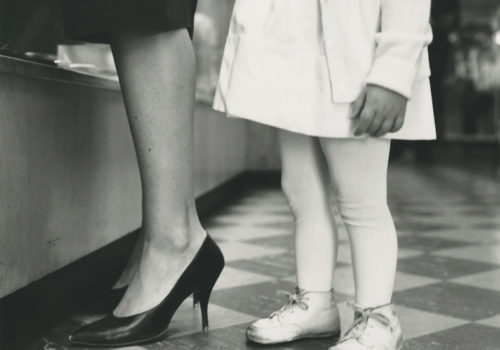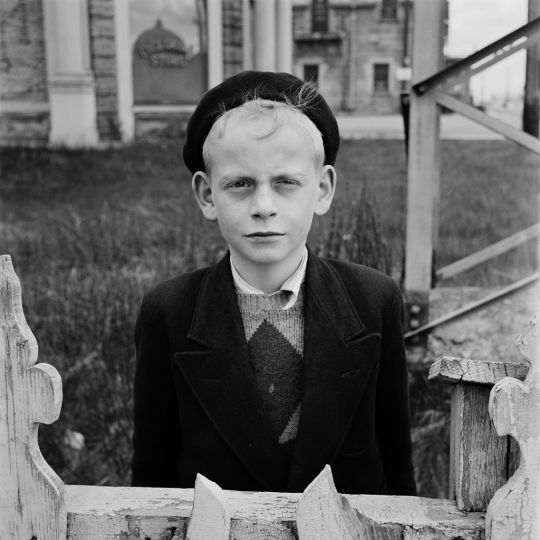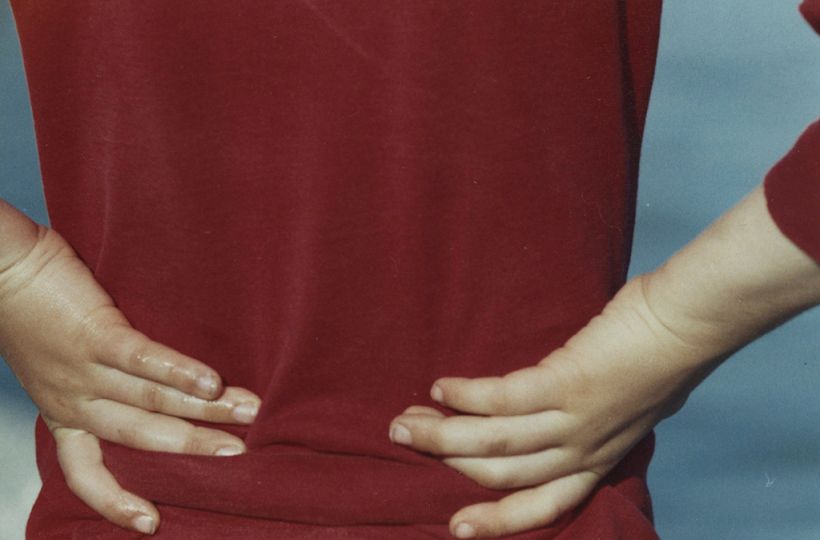A body of work produced in secret and discovered by chance and belatedly: this is enough for Vivian Maier to become a heroine of the history of photography. The exhibition American Chronicles, held at the Campredon Art Center in L’Isle-sur-la-Sorgue puts the photographer again center stage nearly ten years after the discovery of her work in Chicago by John Maloof.
Located in an eighteenth-century building classified as a historical monument, the Campredon Art Center is a beautiful venue charged with history which hosts at least one photography exhibition a year. This fall, it’s Vivian Maier who takes possession of the different rooms spread out over two floors, under the curatorship of Anne Morin of diChroma Photography, who curated another exhibition of the photographer’s work, organized by Jeu de Paume in Château de Tours three years ago. Some hundred black-and-white and color prints and Super8 films made by Vivian Maier in the 1960s and 1970s are supplemented in the current exhibition with five contact sheets offering a fresh insight into the photographer’s workshop.
Who was Vivian Maier? It is difficult to give a precise answer to this question, as the career of this woman born in 1926 was unconventional and the little we know about her life is not enough to ascertain whether she was aware of producing works of art. What we do know is that she spent most of her life in the service of others as a nanny and that, in parallel, she devoted her time to photography without ever advertising the fact or trying to exhibit her work. Her unwavering enthusiasm resulted in a body of work comprised of some 100,000 negatives, Super8 and 16-mm films, as well as countless documents and rolls of film undeveloped to this day.
From 1956 through the 2000s, Vivian Maier photographed relentlessly. Did she feel the need to preserve the memory of the world around her, of her times? Or was photography a means of expression that suited her solitary temperament? In any case, the fact that, over the five decades of her photographic practice, she went from black and white to color and from a modest Kodak Brownie to a Rolleiflex in 1952, and then to a Leica, is evidence enough that photography was more than a hobby. Over time, her style had changed. While initially she would capture street life in black and white in what could be qualified as the humanist tradition, once she had switched to color she started to focus on details, coming into her own in compositions that revealed the keenness of her gaze.
Reflecting on the variety of themes covered by Vivian Maier throughout her practice, the exhibition begins with her look at childhood, followed by portraits and self-portraits, which are a cornerstone of her work. Next, attention turns to street photography with a selection of graphic images showing that Vivian Maier was mindful equally of form and subject matter. The exhibition culminates with color images which fully convey her poetic way of seeing. A true achievement, the exhibition is worth the trip both for the sake of Vivian Maier’s work as for the quality of the scenography which affords an insight into the art of a woman who will undoubtedly remain forever shrouded in mystery.
Sophie Bernard
Sophie Bernard is a Paris-based journalist specialized in photography and has been editor-in-chief of the Images Magazine for 12 years.
Exhibition
Vivian Maier, American Chronicles
Until February 19, 2017
Campredon Art Center
20, rue du Docteur Tallet
84800 L’Isle-sur-la-Sorgue
Publications
John Maloof, Vivian Maier: Street photographer (Powerhouse, 2011)
John Maloof, Vivian Maier: Self portraits (Powerhouse, 2013)



















